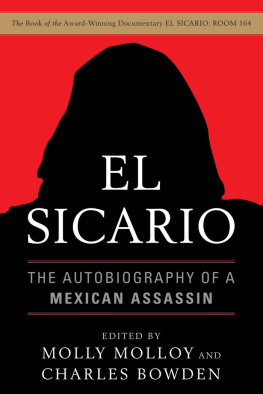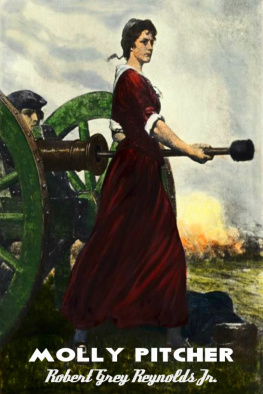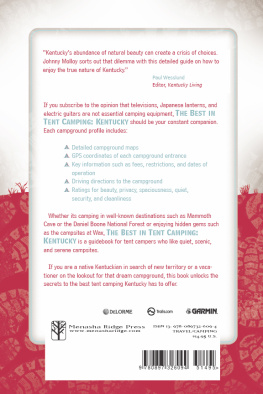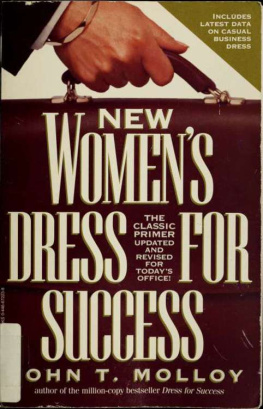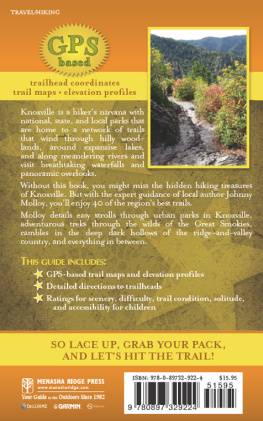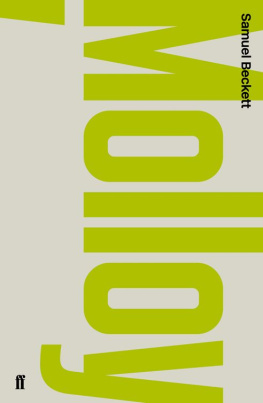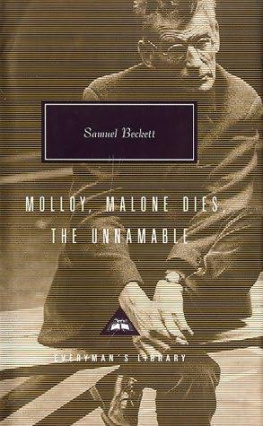Table of Contents
Also by Charles Bowden
Murder City
Killing the Hidden Waters
Street Signs Chicago: Neighborhood and Other Illusions of Big City Life (with Lew Kreinberg)
Blue Desert
Frog Mountain Blues (photographs by Jack W. Dykinga)
Trust Me: Charles Keating and the Missing Billions (with Michael Binstein)
Mezcal
Red Line
Desierto: Memories of the Future
The Sonoran Desert (photographs by Jack W. Dykinga)
The Secret Forest (photographs by Jack W. Dykinga)
Blood Orchid: An Unnatural History of America
Chihuahua: Pictures from the Edge (photographs by Virgil Hancock)
Stone Canyons of the Colorado Plateau (photographs by Jack W. Dykinga)
The Sierra Pinacate (by Julian D. Hayden; photographs by Jack Dykinga; with essays by Charles Bowden and Bernard L. Fontana)
Jurez: The Laboratory for Our Future (preface by Noam Chomsky; afterword by Eduardo Galeano)
Down by the River: Drugs, Money, Murder, and Family
Blues for Cannibals
A Shadow in the City: Confessions of an Undercover Drug Warrior
Inferno (photographs by Michael P. Berman)
Exodus/xodo (photographs by Julin Cardona)
Some of the Dead Are Still Breathing: Living in the Future
Trinity (photographs by Michael P. Berman)
For my father, NDM, 19201998, and my brother, NDM Jr., 19512010, lovers of flight, books, and hard truths
MM
Well, it may be the devil or it may be the Lord,
But youre gonna have to serve somebody.
BOB DYLAN
PREFACE
CHARLES BOWDEN
He is difficult to remember. I have been dealing with him for the better part of a year when the next rendezvous happens. As usual, he is late. The meetings are always complicated and never happen on time. He keeps calling, changing times and locations, and still, every new schedule is overturned and the clock keeps ticking. I have gotten used to these complications.
But what keeps bothering me is that I cannot remember him. The face always remains a blank in my mind.
Hell be standing in front of me explaining something to me. Cars roll by on a busy avenue, and somehow he talks and yet constantly scans everything flickering around him. That time, he wanted me to understand a hit, realize that there was a long back story and he knew that story. He tells of a house in Ciudad Chihuahua, where a woman was held for five days, and how in order to convince her husband, three fingers were cut off the wifes hand on a one-a-day plan. He gives me documents so that I will understand what he is talking about. And then he gets into a truck I have never seen before and leaves.
Eventually, this passes, this failure on my part to clearly remember what he looks like. I slowly forge a face despite his ability to seemingly morph before my eyes. Part of this comes from the fact that I cannot accurately describe him in print without putting his life at risk. But mainly it comes from something else: He looks ordinary. Nothing in his appearance signals what he has been and what he has done. I think we often use words like evil and monster in order to not admit that people like the sicario are normal and just like you or me. Somehow, even given this fact, they manage to kidnap people, torture them, kill them, cut them up, and bury them when the rest of us cannot imagine doing such things.
I remember explaining this fact to a reporter from the daily newspaper in Milan, Italy, after the film that forged the core of this book had premiered in Venice. She started shouting, No, no, no, no, no.
This account is, to my knowledge, a rare opportunity to meet such a person and to finally understand such a person. It is neither a defense of such a life nor a judgment on it, but an explanation given by a man who has done all these things and, at least for the moment, has lived to tell the tale.
This book resulted from days of interviews. Some parts have been rearranged but not much. He is a very lucid man. I remember the first interview: I asked one question, and he talked for two days without stumbling. Like most stories people make of their lives, his account is a journey from innocence to sin and then on to redemption, in his case by being born again in Christ. But it is his storyit is a Mexican life, not an American life.
The interviews began as a report that wound up in Harpers magazine and then continued as a film, a documentary of his life, directed by the Italian filmmaker Gianfranco Rosi. This book began with the transcripts from that filming, which went on for days on two separate occasions. He was paid for these interviews. I dont think they changed what he said or what he believes, but the reader will be the judge of that.
I believe he is going to be a part of our future. Killers like him are multiplying. The global economy has brought ruin for many, and he is a pioneer of a new type of person: the human who kills and expects to be killed and has little hope or complaint. He does not fit our beliefs or ideas. But he exists, and so do the others who are following in this path.
His story is about power, but he is never really in control. He must worry about his superiors, he must worry about other killers, about police, the army, all the agents of violence who at times are his colleagues but who never can be trusted. He must worry. His world is not as imagined in novels and films. He is always the man who comes and takes you and tortures you and kills you. But still, he is always worried, because his work stands on a floor of uncertainty. Alliances shift, colleagues vanishsometimes because he murders themand he seldom knows what is really going on. He catches only glimpses of the battlefield.
Since my original piece in Harpers , there have been some questions.
Some say that I made him up.
You be the judge.
Some ask me if he is a psychopath or sociopath or some other path.
No.
Some tell me they hope he burns in hell. Almost always this is said by those who believe neither in heaven nor in hell.
I do not share their appetite.
Some ask me if I was afraid.
Yes, of what he told me, and of what I must face as part of my world and my hopes for my world.
In 2007, 307 people were murdered in Jurez, a city that was then 348 years old. This was the bloodiest year in the history of the city.
In 2008, 1,623 people were murdered.
In 2009, 2,754 were murdered.
In 2010, 3,111 were murdered.
At the same time, El Paso, the Texas city facing Jurez, was experiencing ten to twenty murders a year. That number dwindled to five in 2010, and two of those were a murder-suicide.
And yet, the reports in the United States were about the risk of violence spilling over the border. There were few reports of the violence in Jurez.
The sicarios story is from an earlier time, one that pretty much ended in 2007. He worked in the innocent days when Mexico was peaceful and a success story to all the nations. He lived inside a system, and he explains just how this system worked. This system has changed now and become more violent, more corrupt, and more out of control. But it persists, and all discussions of Mexico must accept the facts of life that the sicario lived.
Hes killed hundreds of peoplehe cant really remember them alland he was paid very well for his work. He is highly trained and very intelligent. And I cant seem to remember his face.
I get bored waiting, and so I wander out of the Home Depot parking lot and kill time looking at barbecue grills. After a while, I go outside again and sit on a bench by the door. My eye floats over the busy parking lothe likes places with lots of traffic to mask his arrivalstudying vehicles as they prowl the lanes. I know this is a waste of time, since he changes cars with each trip. He prides himself on this fact, that no one can find him by noting his vehicle. Just as he never reveals where he is living at the moment and moves every two or three weeks, sometimes more often.


